The name 'Wax Moth' refers to the moth's lifestyle - it lives in beehives, where the larvae feed on the honeycomb. Adults can be attracted to light.
The males of this species have a distinctively concave outer edge to the forewing; the females are generally plainer in appearance with a less concave edge.
Flight Season
Flies between June and October.
Size and Family
- Family – Pyralidae
- Small Sized
- Wingspan Range – 29-40mm
Conservation status
- UK BAP: Not listed
- Common
Caterpillar Food Plants
Caterpillars feed on honeycomb within beehives.
Habitat
Can be found in gardens and in places honeybees are cultivated.
Distribution
- Countries – England, Wales and Scotland
-
Scattered locally
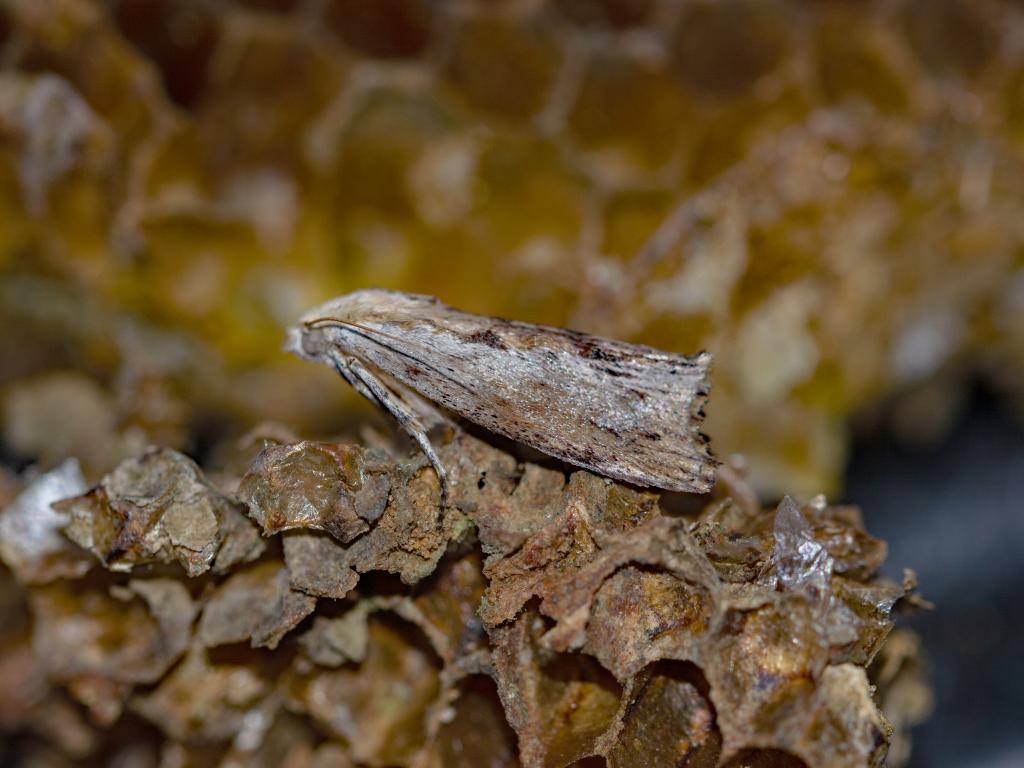
Greater Wax moth - Andrew Cooper
Greater Wax moth
Andrew Cooper
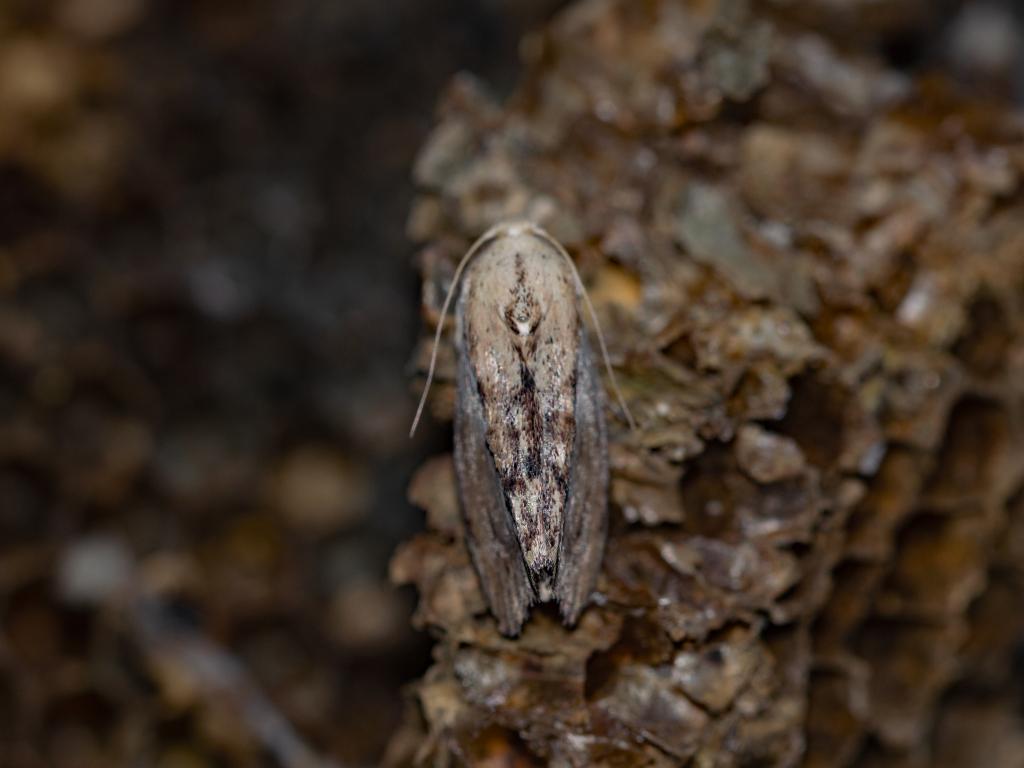
Greater Wax moth - Andrew Cooper
Greater Wax moth
Andrew Cooper
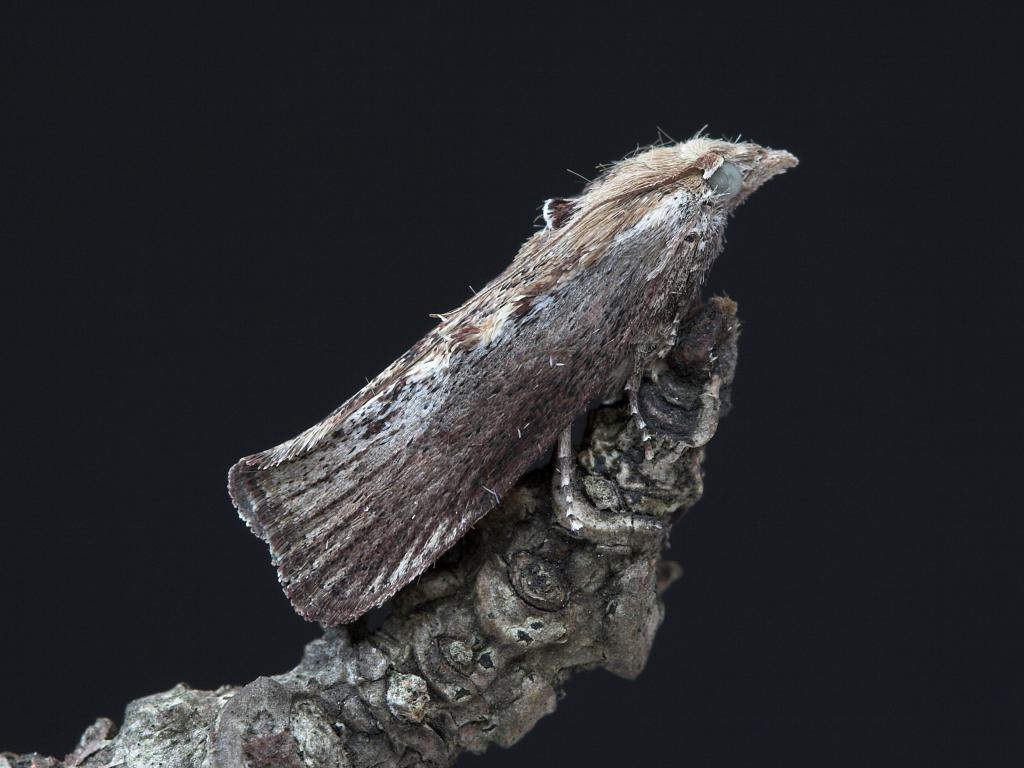
Greater Wax moth - Allan Drewitt
Greater Wax moth
Allan Drewitt
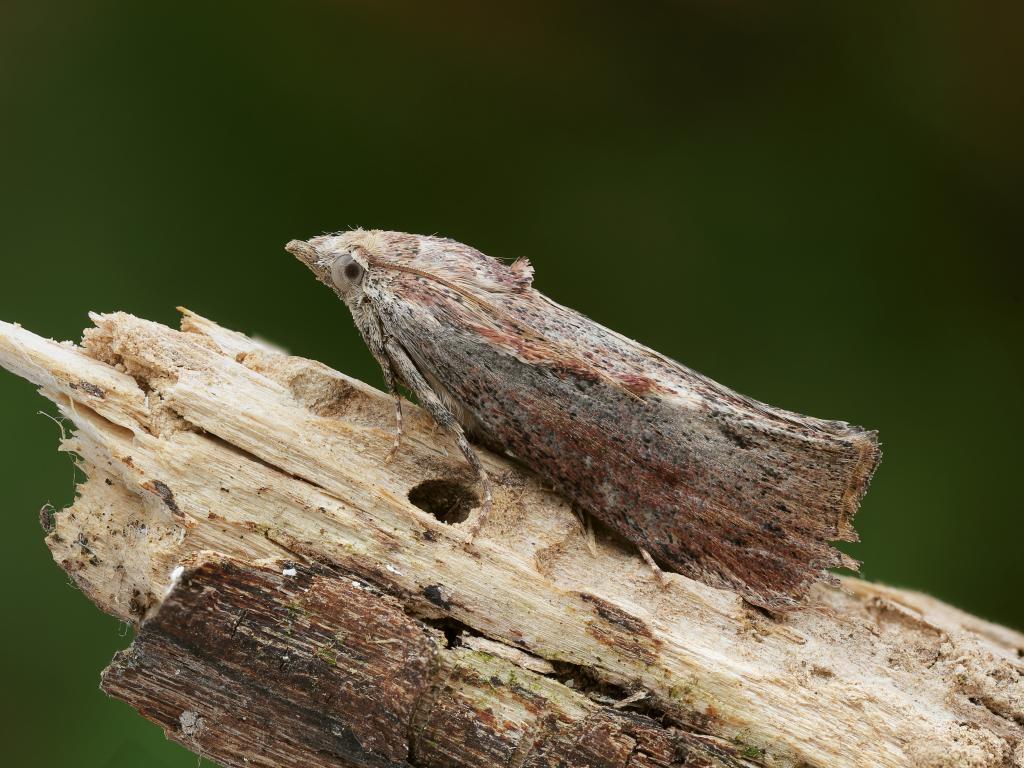
Greater Wax moth - Patrick Clement
Greater Wax moth
Patrick Clement
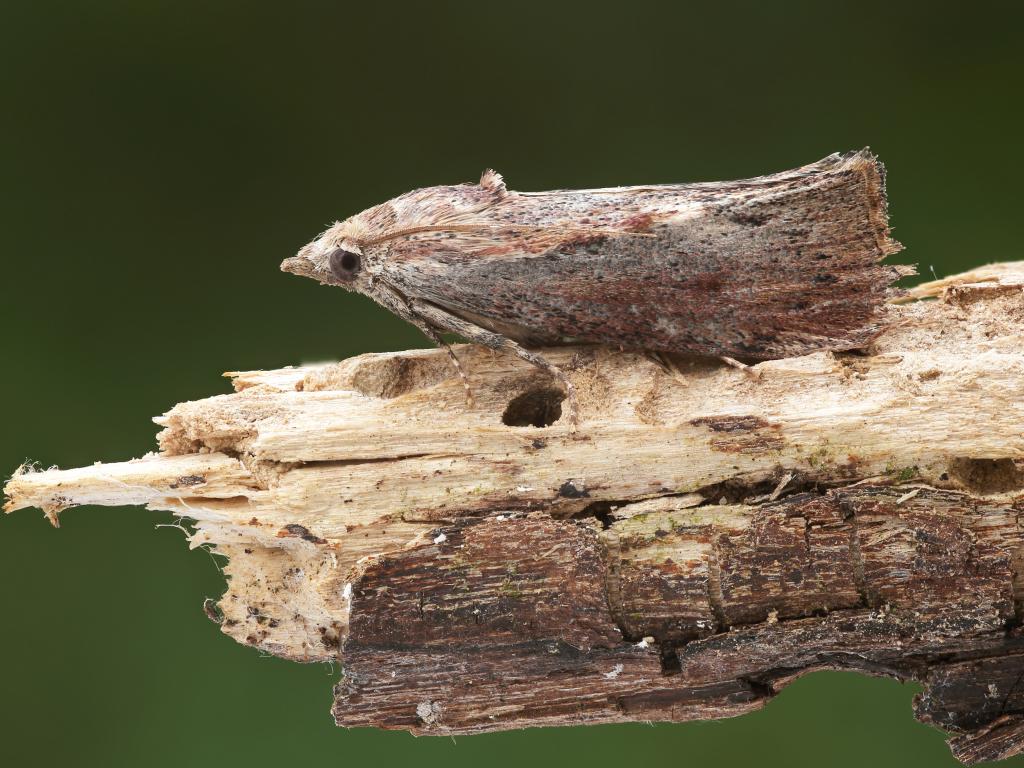
Greater Wax moth - Patrick Clement
Greater Wax moth
Patrick Clement
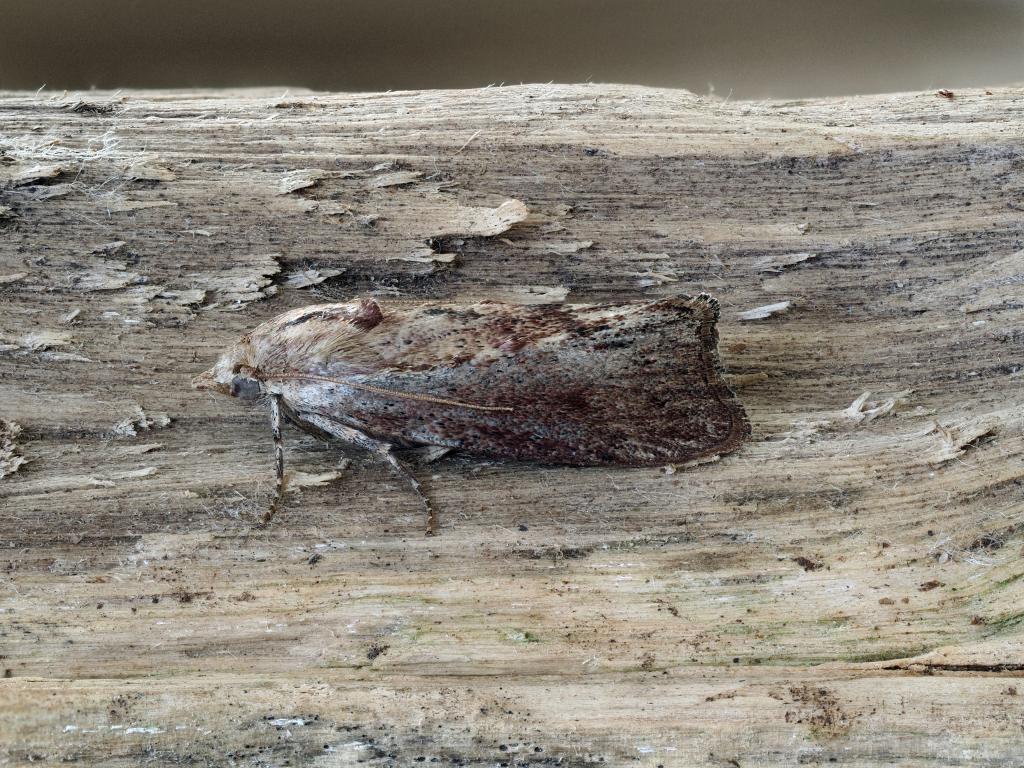
Greater Wax moth - Clive Jones
Greater Wax moth
Clive Jones
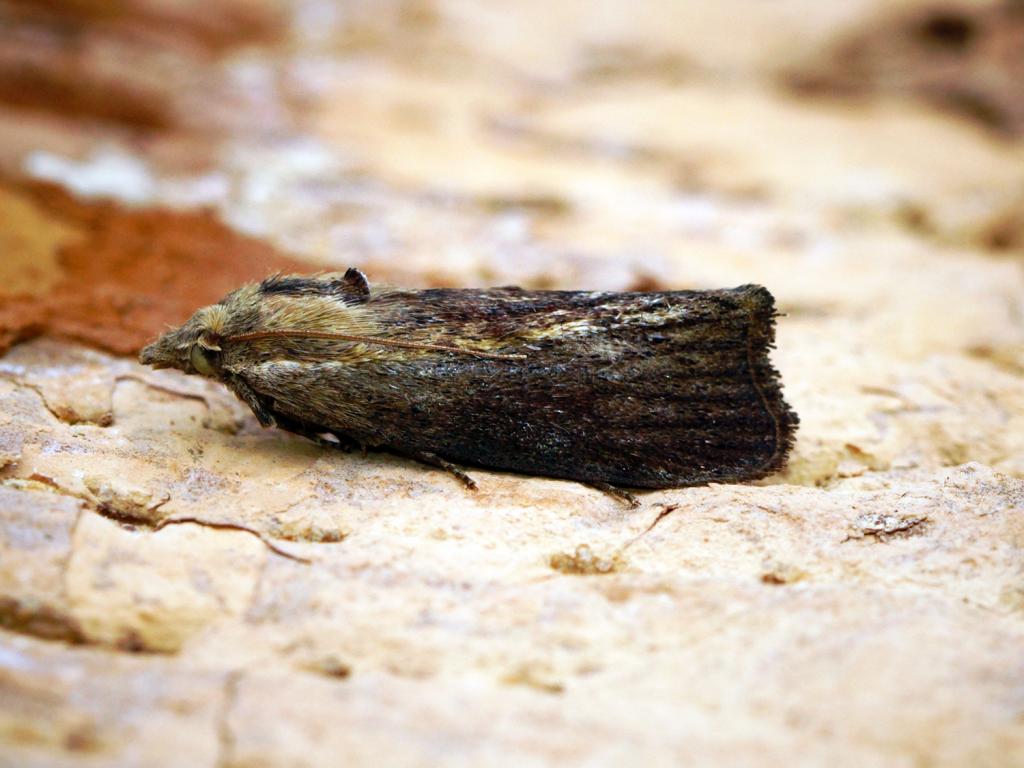
Greater Wax moth - Ben Sale
Greater Wax moth
Ben Sale
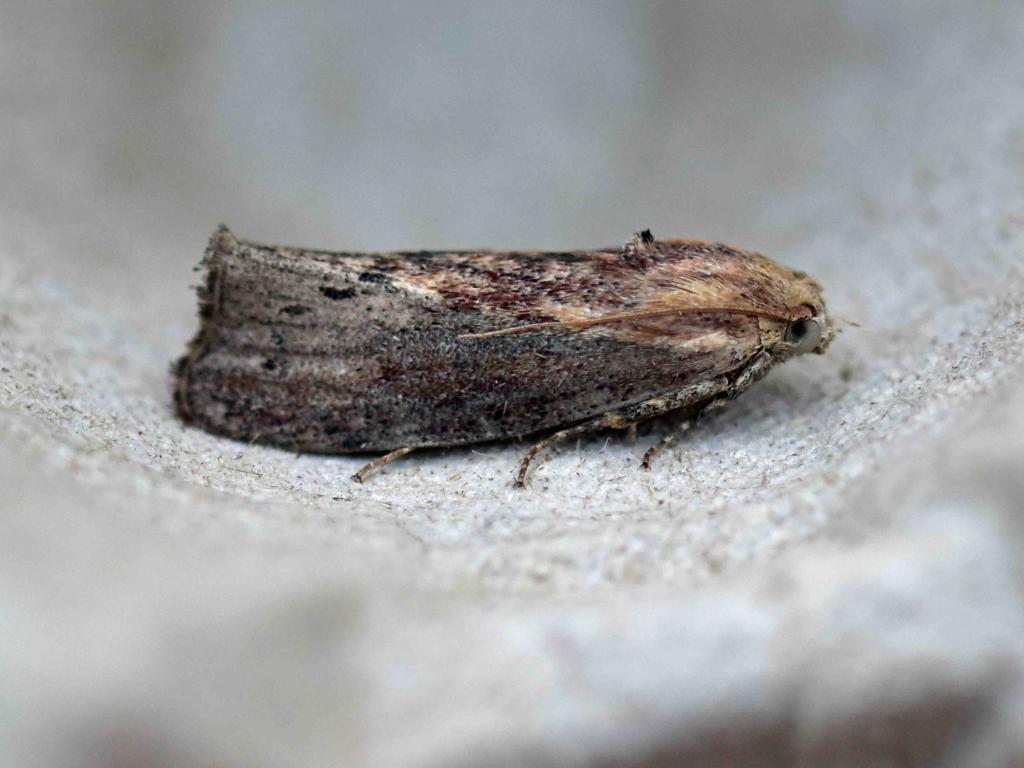
Greater Wax moth - Andrew Dejardin
Greater Wax moth
Andrew Dejardin

